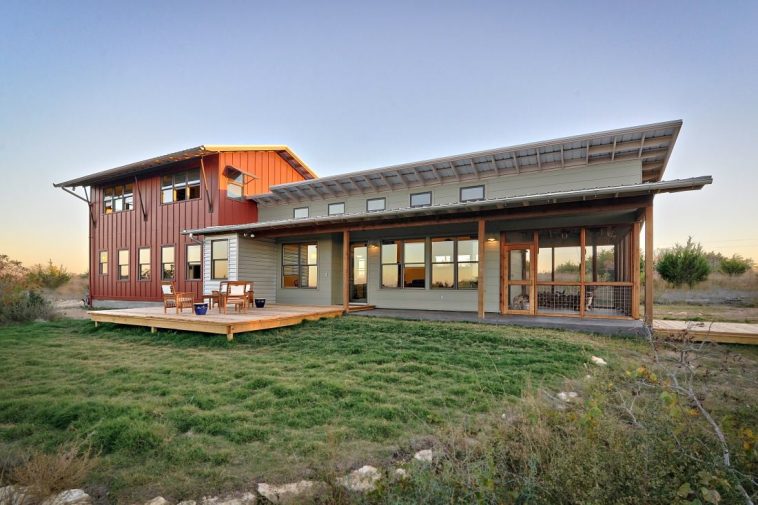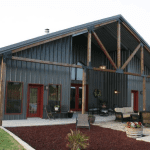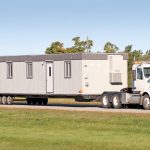Metal building homes are becoming increasingly popular for a variety of reasons. These homes are durable, energy-efficient, and customizable, making them a great option for homeowners looking for a unique and long-lasting dwelling. However, before making the decision to build a metal home, it’s important to consider both the pros and cons of steel homes.
Pros of Metal Building Homes
- Durability: Steel is a strong and long-lasting building material that can withstand extreme weather conditions, such as high winds and heavy snow loads.
- Energy-efficiency: The steel framing and insulation used in these homes can help to keep the home cool in the summer and warm in the winter, resulting in lower energy costs.
- Customizability: Metal home kits can be easily modified to suit the homeowner’s specific needs and preferences.
- Lower maintenance: Steel homes are resistant to fire, pests, rot, and mildew, which means they require less maintenance over time.
- Easy assembly: Metal home kits are designed to be easy to assemble and can often be constructed by the homeowner, saving on labor costs.
- Cost-effective: Metal homes are typically less expensive to build than traditional homes and have a lower cost of ownership over time.
- Environmentally friendly: Steel is a recyclable material, and building a steel home can reduce the environmental impact of construction.
- Design Flexibility: Steel can be shaped and molded into any design, allowing for greater architectural flexibility.
- Faster Construction: Metal building homes can be built much faster than traditional homes, often in a matter of weeks.
- Increased Resale Value: Metal building homes are becoming increasingly popular, and this trend is expected to continue. This means that metal homes are more likely to retain their value or even appreciate over time.
Cons of Metal Building Homes
- Noise transmission: Steel is a good conductor of sound, which means that noise may travel more easily through the walls of a steel home.
- Limited design options: Some homeowners may find that the design options available with steel homes are more limited than those available with traditional homes.
- Lack of insulation: Some steel homes may not have adequate insulation, which can lead to higher energy costs.
- Condensation issues: Without proper ventilation, steel homes may be more prone to condensation and mold.
- Lack of familiarity: Some builders and contractors may not be familiar with steel homes and may not know how to properly construct one.
- Limited availability: Steel homes are not as widely available as traditional homes and may be more difficult to find in some areas.
- Permits and zoning: Some areas may have stricter zoning and building regulations for steel homes.
- Higher initial costs: While steel homes are typically less expensive to build than traditional homes, they may have higher initial costs.
- Aesthetics: Some people may not find steel homes as visually appealing as traditional homes.
- Poor workmanship: Poorly constructed steel homes can have structural issues and may not be as durable as well-constructed homes.
Conclusion
When considering the pros and cons of metal building homes, it’s important to weigh the benefits and drawbacks and to determine if a steel frame home is the right choice for you. While steel homes have many advantages, such as durability, energy-efficiency, and customizability, they also have some drawbacks, such as noise transmission and limited




